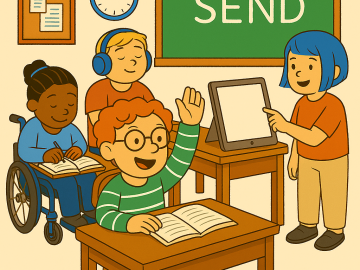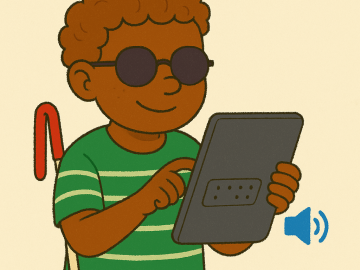Parents and carers are crucial allies in supporting the online safety of SEND pupils. Their involvement extends safeguarding efforts beyond the school environment and helps create consistency in digital expectations and behaviours.
Building strong home-school partnerships begins with communication. Schools should regularly share accessible, practical information with families through newsletters, workshops, and the school website including digital platforms like dojo or tapestry. Materials must be tailored for diverse needs, including translations, British Sign Language (BSL) versions, or simplified formats.
Support for Home
Recognising warning signs of online harm
This can be difficult, particularly when SEND students may express distress differently. Schools should encourage parents to highlight behavioural indicators that may signal problems, such as sudden withdrawal, changes in sleep patterns, or unexplained emotional outbursts.
Encouraging collaborative decision-making
Decisions around screen time and device use can empower SEND students while helping parents establish healthy digital routines. For example, involving children in creating a screen-time agreement fosters a sense of ownership and responsibility.
Ultimately, schools should aim to equip parents and carers with both the knowledge and confidence to support safe online behaviour at home. A collaborative, non-judgemental approach builds trust and ensures everyone is working towards the same goal: a safe, inclusive digital environment for every child.





